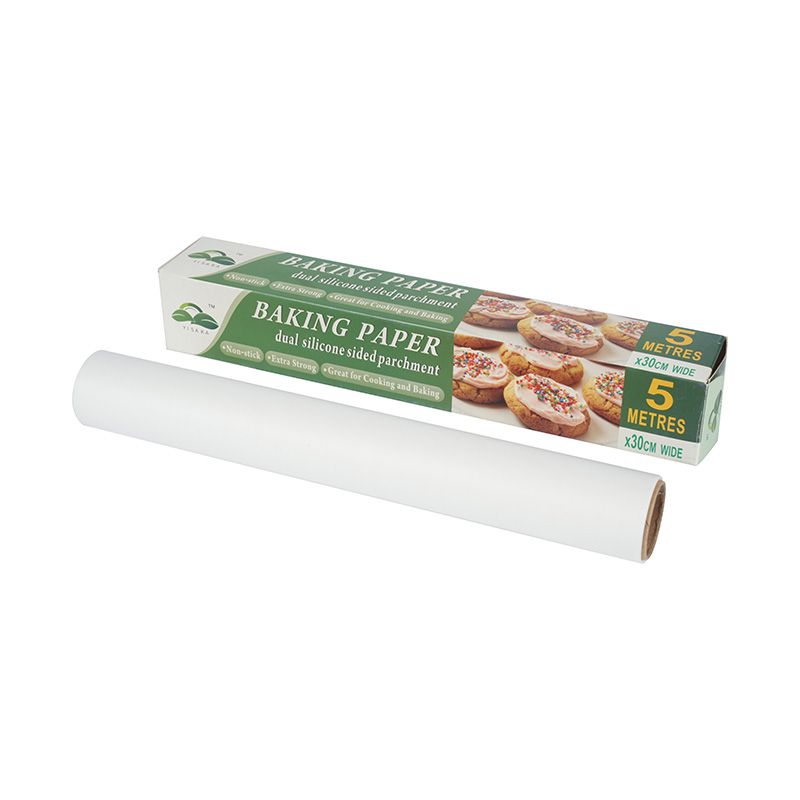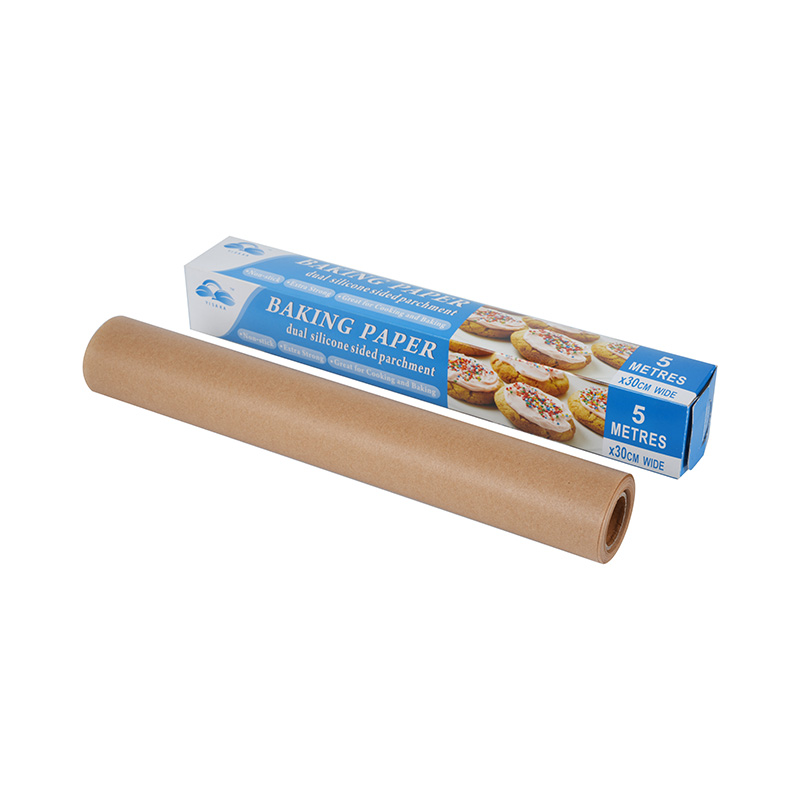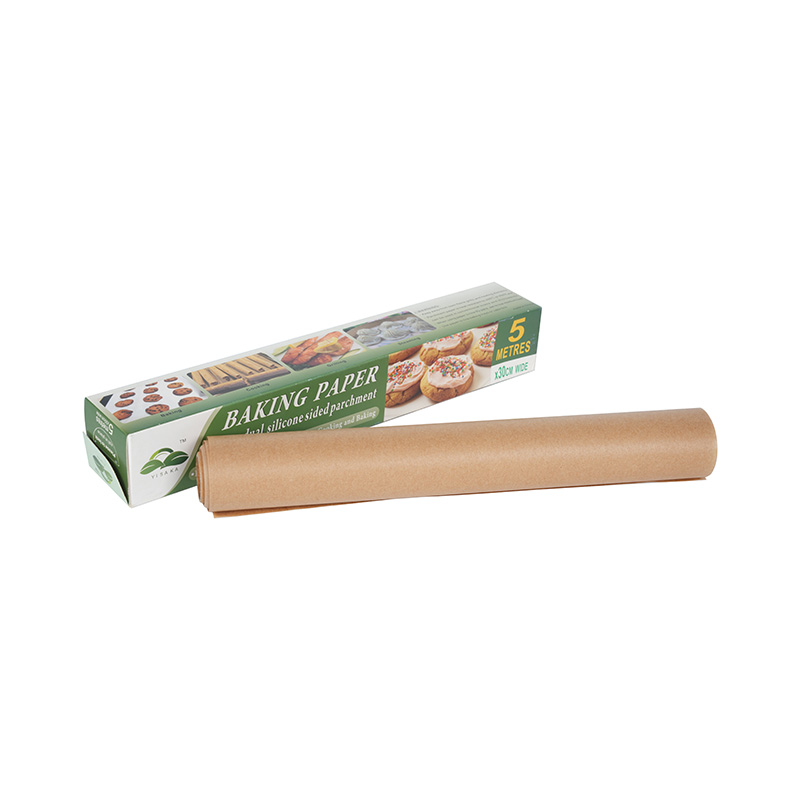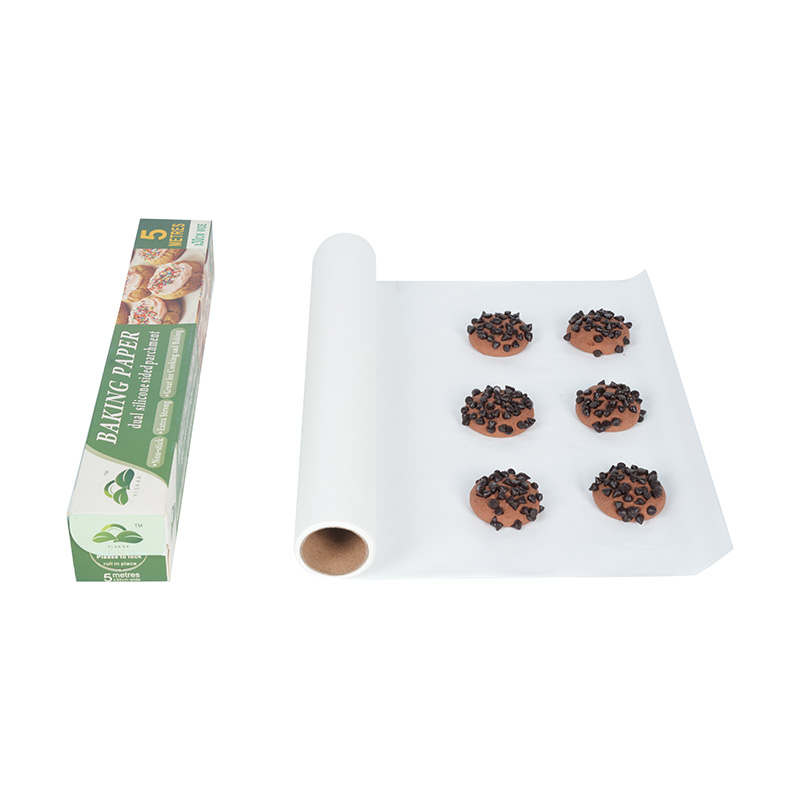The Packaging Conundrum: Necessity Meets Responsibility In the fast-paced world of grab-and-go meals, packaging is an unavoidable necessity. It protec...
READ MOREAll
Baking Paper
Greaseproof Paper
Wax Paper
Parchment Paper
Cooking Sheet Paper
Steaming Paper
Hamburger Wrap
Sandwich Wrap
Pan Liner
Candy Wrap
Air Fryer Paper

Brand Name: YISAKA Use Baking With Parchment Paper Oven Type: Roll & Sheet Material: Virgin Wood...

Brand Name: YISAKA Use Baking With Parchment Paper Oven Type: Roll & Sheet Material: Virgin Wood...

Brand Name: YISAKA Use Baking With Parchment Paper Oven Type: Roll & Sheet Material: Virgin Wood...

Brand Name: YISAKA Use Baking With Parchment Paper Oven Type: Roll & Sheet Material: Virgin Wood...
The Packaging Conundrum: Necessity Meets Responsibility In the fast-paced world of grab-and-go meals, packaging is an unavoidable necessity. It protec...
READ MOREHave you ever stopped to appreciate the simple sheet of paper that separates your juicy burger from your hands? It might seem trivial, but hamburger w...
READ MOREIn the fast-paced, high-stakes environment of a professional kitchen, every supply choice matters. From the quality of the ingredients to the efficien...
READ MOREIn the realm of professional and home kitchens alike, certain tools rise to the level of indispensable. Among these foundational items are parchment p...
READ MOREHow steam circulation promotes Baking Paper even heat distribution?
In the art and science of baking, achieving uniform heat distribution is critical for ensuring that baked goods come out perfectly cooked every time. One factor that significantly contributes to this even heating is the role of steam circulation within the oven, particularly when baking paper is involved. This article delves into how steam circulation promotes even heating of baking paper, leading to consistent and superior baking results.
Interaction Between Steam and Baking Paper
Baking paper plays a crucial role in interacting with steam to promote even heating:
Barrier and Insulator: Baking paper acts as a barrier, moderating the direct exposure of food to the oven’s heat. This ensures a more gradual and uniform heat distribution, which is particularly important for delicate baked goods.
Moisture Regulation: Baking paper helps regulate moisture levels. As steam circulates, it creates a humid environment that prevents the surface of the food from drying out too quickly. This is essential for maintaining the integrity and texture of items like pastries and cookies.
Heat Reflection: The silicone coating on baking paper reflects heat. When steam circulates, it interacts with the baking paper, allowing heat to be reflected and distributed evenly across the food's surface. This reflection helps prevent hotspots and ensures consistent baking.
Consistent Temperature: Steam helps maintain a stable and consistent temperature around the baking paper. This is crucial for recipes requiring precise baking conditions, such as macarons or soufflés, which can be highly sensitive to temperature variations.
Crispness and Caramelization: Steam circulation promotes the Maillard reaction, the chemical process that causes browning and enhances flavor. The presence of steam ensures this reaction occurs uniformly across the surface of baked goods, resulting in even browning and caramelization.
Steam circulation is a vital aspect of the baking process, significantly influencing how heat is distributed within the oven. When used in conjunction with baking paper, steam ensures even heating, moisture retention, and consistent baking results. Understanding and leveraging the interaction between steam and baking paper can elevate your baking, leading to perfectly cooked and delicious baked goods every time.
How baking paper can reduce the need for additional grease?
In the culinary world, achieving the perfect bake while maintaining a healthier, cleaner cooking process is a goal many strive for. Baking paper, also known as parchment paper, plays a significant role in this endeavor. One of its key benefits is its ability to reduce or even eliminate the need for additional grease, making it a valuable tool in both professional and home kitchens. This article explores how baking paper achieves this and the advantages it brings to the baking process.
Silicone Coating:
The silicone coating on baking paper creates a non-stick surface that naturally prevents food from adhering. This eliminates the need for additional greasing, as the food can easily be removed from the baking paper without sticking.
Consistent Surface:
Baking paper provides a smooth, consistent surface that allows for even heat distribution. Unlike greased surfaces, which can sometimes create uneven hot spots, baking paper ensures that the entire surface area heats uniformly, reducing the risk of food sticking.
Absorption of Excess Oils:
Baking paper can absorb some of the natural oils and fats released by food during the baking process. This helps prevent the food from becoming overly greasy while still allowing it to cook properly.
Barrier Function:
Baking paper acts as a barrier between the food and the baking tray, preventing direct contact. This reduces the chance of food sticking to the tray and eliminates the need for an additional layer of grease to facilitate release.
Baking paper is an essential tool in the kitchen that significantly reduces the need for additional grease. Its non-stick properties, consistent surface, and ability to absorb excess oils make it invaluable for healthier, cleaner, and more efficient baking. By incorporating baking paper into your culinary practices, you can achieve perfect results with less mess and fewer added fats, making it a smart choice for both professional chefs and home bakers alike.